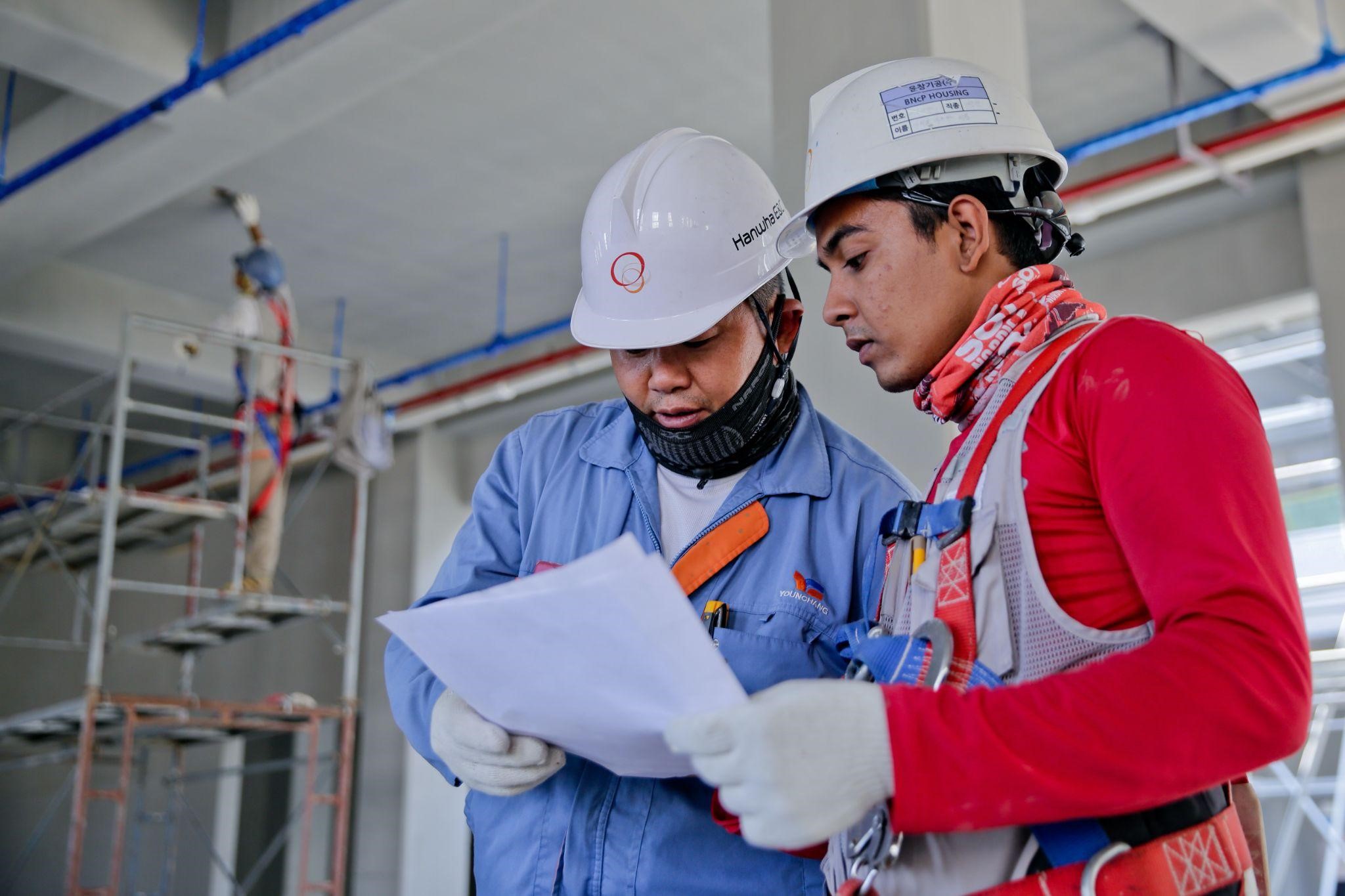The Heating, Ventilation, and Air Conditioning (HVAC) industry is undergoing a transformation. With advancements in technology and a greater focus on sustainable solutions, the future of HVAC in construction promises to be more efficient, environmentally friendly, and smarter than ever before. If you’re involved in construction or are considering a career in the HVAC field, understanding these emerging trends is crucial.
Here’s a blog post that dives deep into the latest technologies and trends in HVAC.
1. Sustainable And Green HVAC Systems
When it comes to HVAC, gone are the days when the only concern was to cool or heat a space. Today, there’s a significant emphasis on creating systems that are both efficient and environmentally friendly. The new-age HVAC solutions aim to reduce the carbon footprint while ensuring maximum comfort. With the global shift towards sustainability, more constructors and HVAC professionals are focusing on green solutions. Those interested in mastering the latest HVAC technologies may benefit from specialized training.
A notable recommendation for budding professionals is the Virginia HVAC course which provides in-depth insights into sustainable HVAC practices, preparing individuals for the future of the industry.
2. Integration Of IoT (Internet Of Things)
With the Internet of Things (IoT) finding its way into almost every industry, HVAC is no exception. Smart thermostats, for example, can learn the habits of the occupants and adjust the temperature accordingly.
Such systems can be controlled via smartphones, allowing users to make real-time adjustments even when they’re not at home. The integration of IoT ensures better energy management, optimized system performance, and improved comfort for residents.
3. Geothermal Heat Pumps
One of the most exciting developments in the HVAC industry is the increased adoption of geothermal heat pumps. These systems leverage the consistent temperatures below the earth’s surface, utilizing this energy to heat or cool homes and buildings. Not only are these systems incredibly efficient, but they also offer a long lifespan and reduced operating costs over time.
4. Building Automation Systems (BAS)
Building Automation Systems are gaining traction in commercial constructions. These systems offer centralized control over HVAC, lighting, security, and other building systems. With BAS, energy usage can be monitored and adjusted in real-time, leading to significant energy and cost savings.
The added benefit is the ability to maintain consistent comfort levels throughout large buildings or complexes.
5. Variable Refrigerant Flow (VRF) Systems
VRF systems, also known as Variable Refrigerant Volume (VRV), are becoming increasingly popular, especially in large commercial buildings and multi-residential constructions. These systems can simultaneously cool some zones while heating others. With their ability to handle multiple indoor units from a single outdoor unit, VRF systems offer design flexibility, energy efficiency, and enhanced comfort.
6. On-Demand Hot Water Recirculation Systems
Gone are the days when one had to wait for hot water to reach the faucet. On-demand hot water recirculation systems ensure instant hot water, leading to both water and energy savings. These systems recirculate the water that would otherwise go down the drain, thus reducing the wait time for hot water and saving thousands of gallons of water annually.
7. AI-Driven Predictive Maintenance
The combination of AI (Artificial Intelligence) with HVAC systems allows for predictive maintenance, where potential issues can be identified and addressed even before they become significant problems.
This proactive approach ensures system longevity, reduces downtime, and can lead to considerable cost savings in the long run.
8. Thermal Energy Storage
Thermal Energy Storage (TES) is an HVAC strategy centered on producing and storing energy during off-peak hours to be used during peak hours. This technology helps in load balancing, which can lead to significant energy savings, especially in commercial setups where energy demands can fluctuate widely.
9. Personalized Climate Control
With advancements in technology, the future may see HVAC systems offering personalized climate control for every individual in a room. Imagine walking into a room where the HVAC system adjusts the temperature based on your personal preference. With technologies like facial recognition combined with IoT, such advancements are on the horizon.
Conclusion
The HVAC industry, as with many others, is on the brink of significant change. The combination of technological advancements and a global push towards sustainability is driving innovations that promise to reshape the future of heating, ventilation, and air conditioning in construction.
Whether you’re an industry professional or a consumer, understanding and embracing these trends can lead to better efficiency, cost savings, and an improved overall living and working environment. The future is bright, and it’s cool (or warm, depending on your preference)!

